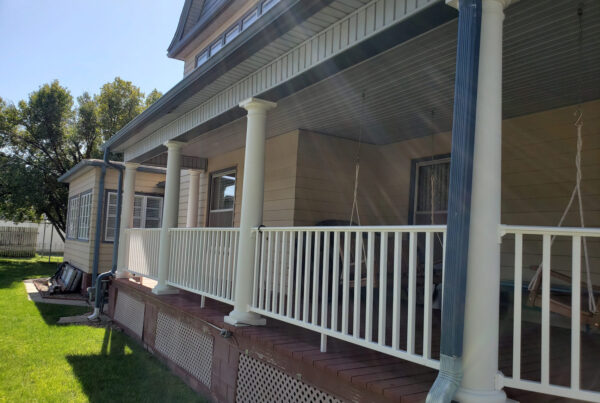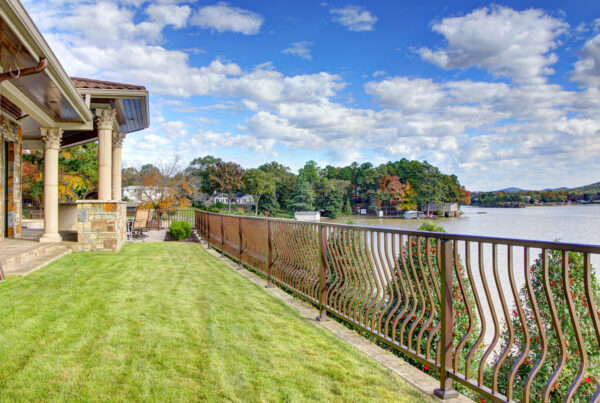Many buyers, retailers, contractors, builders and homeowners throw the word “premium” dimensional lumber around thinking they are getting a special grade. It turns out there is NO standard definition for the word premium. Open any lumber grading book and you will quickly learn the word premium is no where to be found. In the grading books there is no such thing as appearance grades. The lumber grading books are all based on strength. Essentially the word was made up and has now confused everyone. Before the premium craze no one could have foreseen the craving for “clean and bright” looking lumber. After all, most dimensional lumber once framed is covered up and never seen again. In the balance of this article you will learn the background and the difference between real grades vs. appearance grades.
Premium Lumber: Lumber Grading
Lumber grading is driven by the strength of the lumber not the appearance. Even a #1 graded piece of lumber may have defects that make it visually undesirable for an exposed application. However, you can count on #1 to be strong material. When you order specific lumber grades, such as Doug Fir #2, you’ll get #2 &btr (and better). This means all the lumber bearing this grade stamp should be a minimum of #2 quality.
Most users assume that the lumber that looks “bright and clean” must be better and stronger. This assumption is very evident by watching buyers at retailers sift through lumber piles to find the pieces they perceive as better. As mentioned above, “bright and clean” does not mean better. There are plenty of situations where a #1 graded piece of lumber may not look as good as a #2 graded piece. In those situations that doesn’t mean the #1 is bad. “Bright and Clean” is exactly how it sounds, the material is going to be bright and clean and appear to look great.
Premium Lumber: Industry Changes
Once the industry realized that consumers prioritized the look and feel over the grade, mills made some changes. Some made the wise decision to separate the “clean and bright” looking #2&btr from the standard or normal looking #2&btr. Once it was separated they charged more and named it something special (Premium, Home Center, Select, Special, High-Quality). However, the mills did this on their own with no standardization. Meaning they each made up what premium meant to them with their own criteria. This is still true today with no central rules or grades for appearance grades.
Not all mills create an appearance grade and do not separate the “bright and clean” stock from the balance. That wood is commonly referred to as “No-Prior Select”. When you buy a unit of No-Prior Select, you will get a mixed bag of the spectrum of #2&btr material. Some pieces will be beautiful and some pieces will be normal/average looking. Some of these No-Prior mills who do not label their wood as “premium” have such a high quality that a much higher percentage of the wood would beautiful looking. On these mills, if you were to compare side by side to a mill that does actually create the premium you wouldn’t know which is premium and which is not.
Premium Lumber: Conclusion
In conclusion, Next time you are buying premium lumber be sure to qualify what you are in fact buying and receiving. Lumber is a moving target as no 1 tree is exactly the same nor is is 1 lumber mill the same as the next. The more you know the better buyer you will be!











